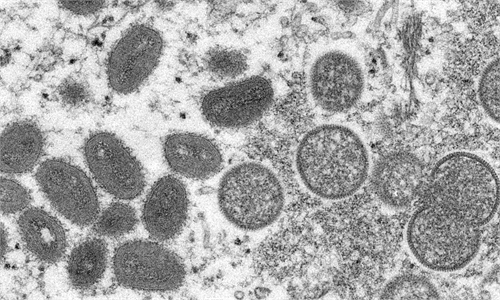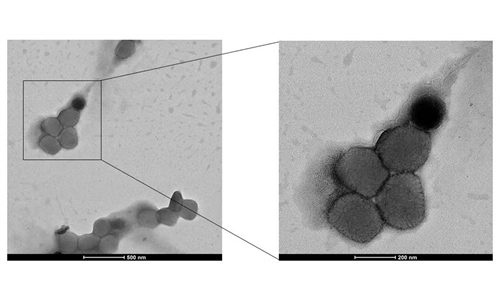
Photo: China CDC official Wechat account
The Chinese Center for Disease Control and Prevention reminded the public to take precautions against Marburg virus disease (MVD), with outbreak reported in parts of Africa, and cases being reported in Europe and North America. It urged travelers to monitor updates from official sources, including the World Health Organization and the Chinese Embassy in Rwanda, and to avoid high-risk areas, according to a statement published on the China CDC official Wechat account Thursday.
An outbreak of Marburg virus disease (MVD), an acute infectious disease caused by the Marburg virus, has been reported in Rwanda by the World Health Organization (WHO).
As of October 31, there have been 66 confirmed cases and 15 fatalities, with the first case identified on September 27, according to the Chinese CDC.
MVD, formerly known as Marburg haemorrhagic fever, is a severe, often fatal illness in humans, WHO said. It is an acute infectious disease caused by the Marburg virus, which is primarily endemic to certain parts of Africa. Rousettus aegyptiacus, a fruit bat of the Pteropodidae family, is considered the natural host of Marburg virus. The Marburg virus is transmitted to people from fruit bats and spreads among humans through human-to-human transmission, according to WHO.
Marburg virus disease is mainly transmitted through close contact, including exposure to the bodies of dead animals and patients, as well as the bodily fluids, such as blood, secretions, excretions, and vomit of infected animals and patients. Transmission occurs through mucous membranes and broken skin.
The incubation period for Marburg virus disease is generally 2 to 21 days, commonly appearing between 5 and 10 days. Symptoms often begin suddenly, including fever, headache, and fatigue, followed by gastrointestinal symptoms like abdominal pain, diarrhea, and vomiting. Severe hemorrhagic symptoms usually appear within 7 days.
In fatal cases, death typically occurs 8 to 9 days after symptoms begin, usually preceded by severe blood loss and shock, per WHO.
There are currently no approved vaccines or antiviral treatments for MVD, but a range of vaccines and drug therapies are under development. Early supportive care with rehydration, and symptomatic treatment improves survival, WHO said.
During the ongoing outbreak in Rwanda, the China CDC urges people to avoid contact with potential sources of transmission. Unless necessary, individuals are advised to avoid non-essential travel to Rwanda, especially the areas affected by the outbreak.
Additionally, individuals should prioritize hand hygiene and personal protective measures. Individuals who have recently returned from Rwanda or other affected areas, or who have had close contact with confirmed cases, should proactively report to local disease control authorities and undergo health monitoring. If symptoms such as fever, fatigue, headache, nausea, or vomiting develop, they should promptly seek medical attention and provide relevant travel and exposure details, the Chinese CDC noted.
Global Times


